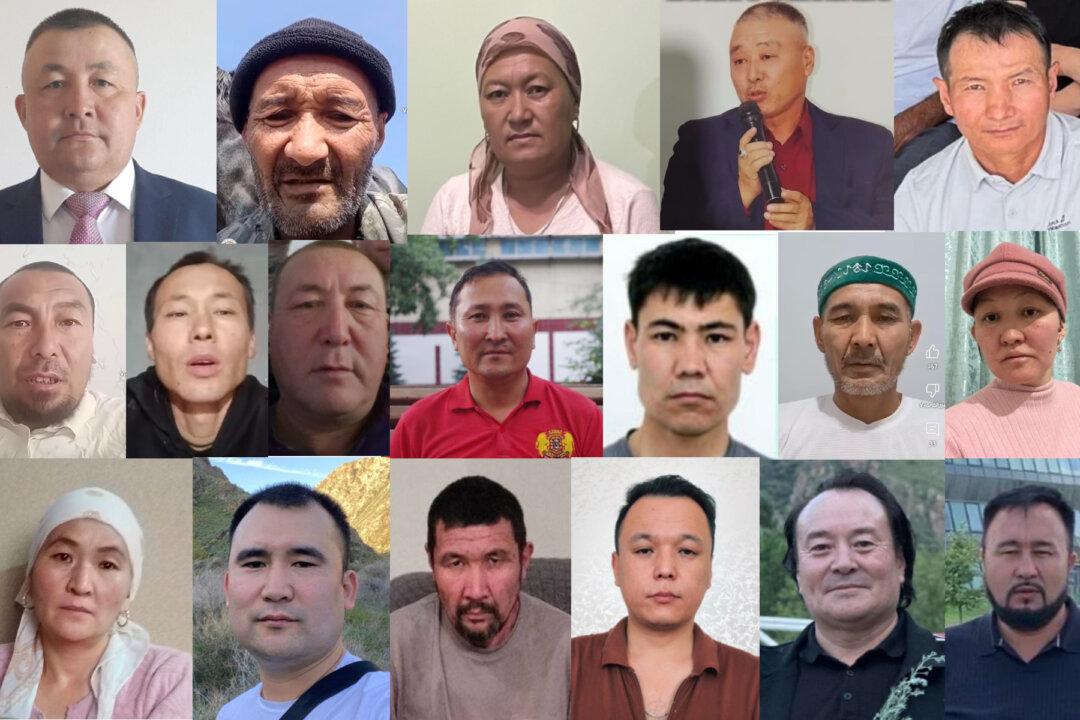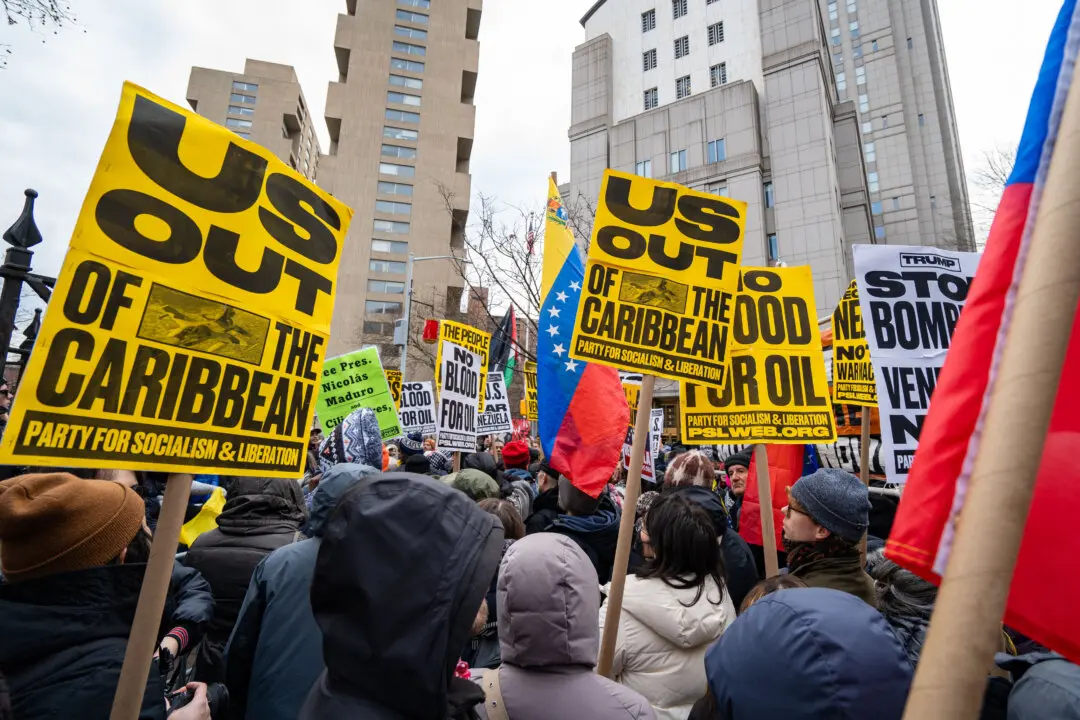As Chinese authorities scramble to keep citizens calm, videos and messages from Wuhan—ground zero of the fast-spreading coronavirus—reflect the atmosphere of growing panic in the quarantined city.
Wuhan residents, including some health workers, took to Chinese social media, such as Weibo and WeChat, to relay their exasperation and fears for the future in a city that has entered into a partial lockdown. Some have gone out of their way to bypass China’s internet firewall and access blocked sites so that their voices can be heard by the outside world.





